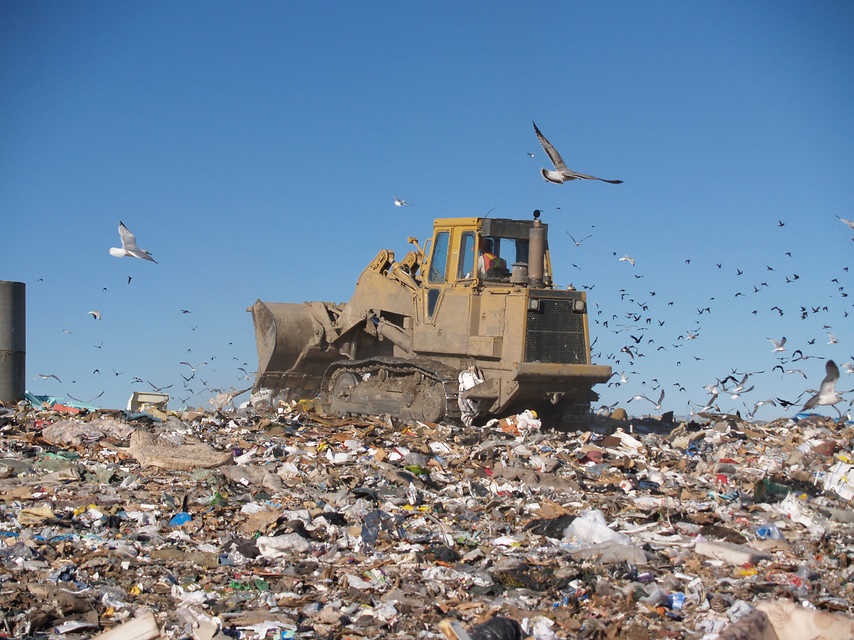6 Tips for Increasing the Recyclability of Your Products
In the United States, the typical operating room contributes 5.4 tons of medical waste to landfills each year, translating to costs of $5,234 per operating room, according to Practice Greenhealth’s 2015 Sustainability Benchmark Report. Approximately 25% of that medical waste is made up of plastic products and packaging. In fact, the standard protocol for a surgical device has followed the linear ‘make, take, dispose’ model for decades. It wasn’t until recently that this single-use preference was challenged by the Ellen MacArthur Foundation report The New Plastics Economy: Rethinking the Future of Plastics.
In The New Plastics Economy, discarded plastics would funnel back into the manufacturing process, reusing the material time and time again in a closed loop of innovation, as opposed to mining virgin resins for every new product. One step in this circular direction is to increase the recyclability of plastic products and packaging and in healthcare that starts with the medical device manufacturers.
While the most critical requirements for all medical applications are patient safety and product efficacy, design considerations to improve recovery and recycling of healthcare plastics are also important. Here’s why:
-
-
Hospitals continue to move toward environmentally preferred purchasing programs as a way to reduce environmental impacts and waste management costs.
-
Manufacturers are feeling increased regulatory pressures around environmental compliance and product stewardship.
-
Recyclers are always looking for new feedstock for their businesses, and healthcare plastics are often high-value because they are clean, frequently coming out of sterile environments.
-
All of these factors combined have created a timely pause point for medical product and packaging engineers to reevaluate the impacts of their designs across the product lifecycle.
The following design tips can create the opportunity for non-hazardous plastic products and packaging to be recovered through hospital recycling programs and economically recycled.
TIP 1: Use Mono-Material Whenever Possible
Combining multiple material types within one discrete product lowers the market value of the recycled product, requiring specialized separation processes that most recyclers aren’t capable of. Currently, the most marketable recycled plastics are thermoplastics, including polyester, polyethylene, polypropylene, and high impact polystyrene.
TIP 2: Label Product with Appropriate Resin Identification Code
Most people aren’t plastic experts and cannot distinguish between polyethylene and polypropylene. Most people can read however. Placing the appropriate resin identification code (1-6) on the product will make it easier for hospital staff and recyclers to properly sort materials.
TIP 3: Eliminate Multiple Material Types in Packaging
Much of the packaging found in healthcare products is a thermoplastic film laminated to a paper label. Recycling this type of packaging diminishes market value as the paper contaminates the reprocessed material and manual separation of the paper label is too labor intensive. Using Tyvek® in place of paper provides a recyclable alternative in many cases.
TIP 4: Avoid Metal
Metal in healthcare packaging is most commonly found in the form of metalized plastic, where the packaging protects a liquid substrate inside (think betadine swab or pre-moistened wipe). However, metal in the plastic recycling stream is an issue–without the right equipment, metal can damage the recycler’s equipment. In many cases, thermoplastic films can provide the same barrier qualities as the metal.
TIP 5: Allow for the Identification and Removal of Product Residue
When it’s coming out of a healthcare setting, no one wants to be asking “hey, what’s this fluid?” While certain liquids, like saline, will safely evaporate in the recycling process, other liquids are regulated and could create unnecessary worker exposure issues.
TIP 6: Minimize Pigments
The greater the amount of pigmentation in a product or packaging, the more likely that the resulting recycled resin will only be suitable for a second life as a black-colored product, limiting its marketability. If pigmentation is required, white pigment is more desirable than other colors.
While the New Plastics Economy is hugely ambitious, the enduring benefits are undeniable. If just 1% of the estimated plastic waste generated from US hospitals each day was recycled, it would reduce greenhouse gas emissions by over 15 tons of carbon dioxide per day, the equivalent of consuming 1,600 gallons of gasoline or 30 barrels of oil.
By designing with recycling in mind, medical device manufacturers have a unique opportunity to shape the future of plastics recycling and reduce the environmental footprint of not only their own operations but also the operations of their customers.

